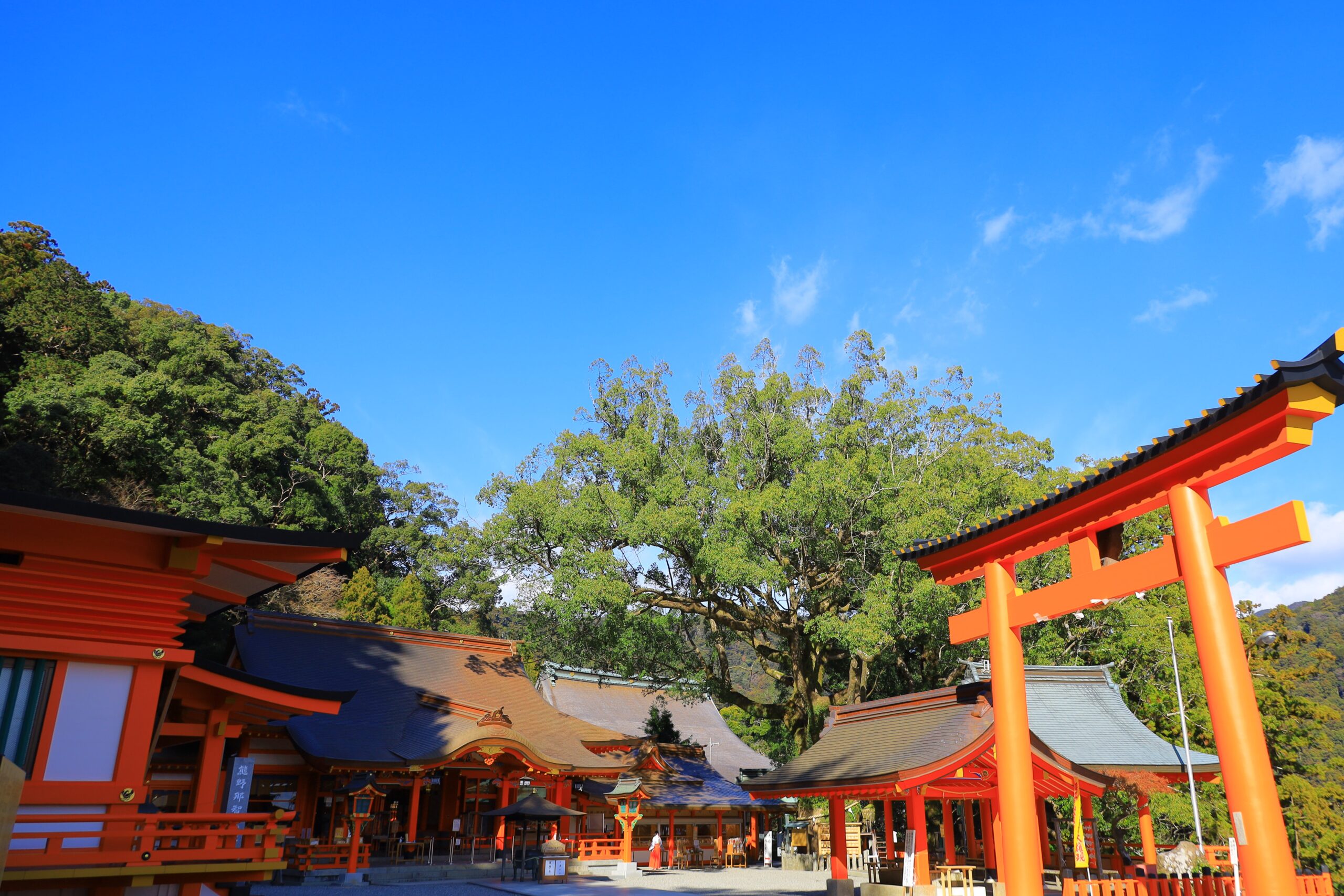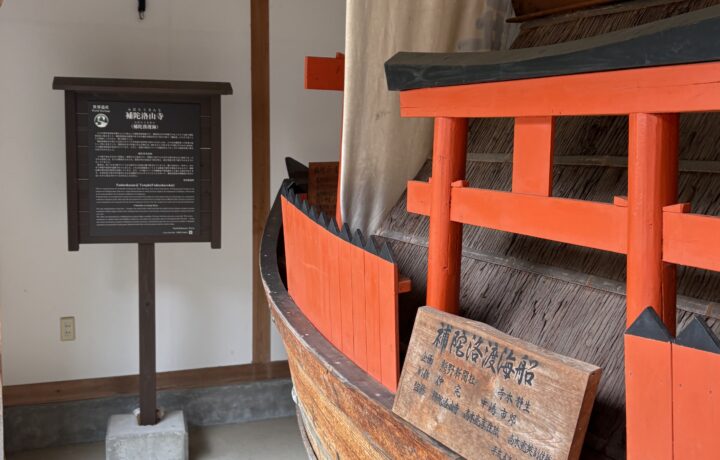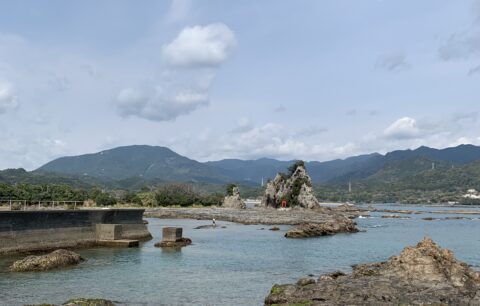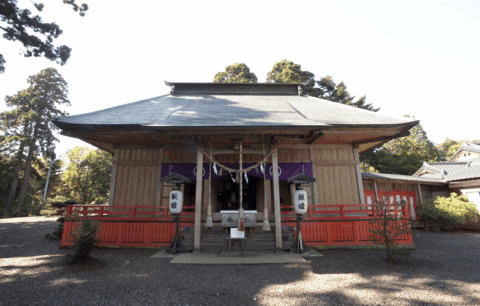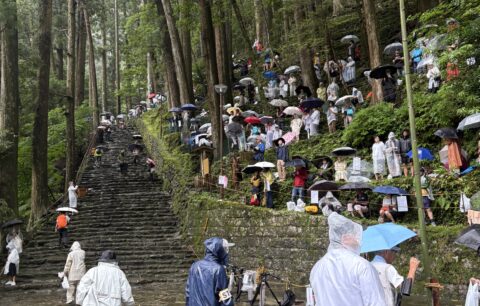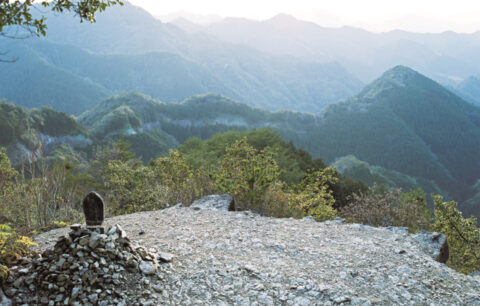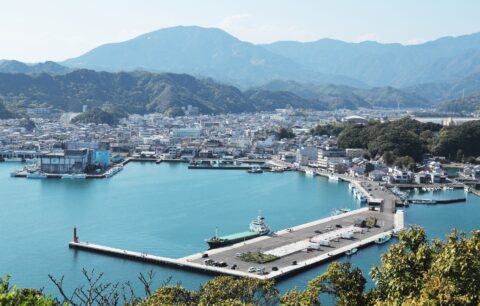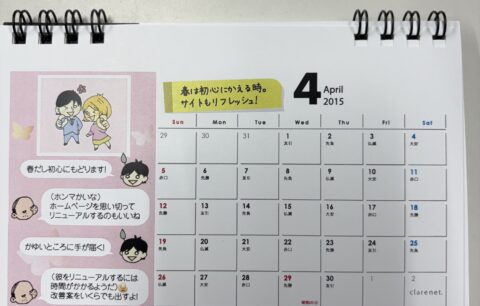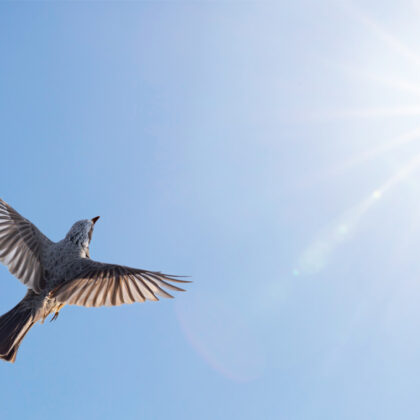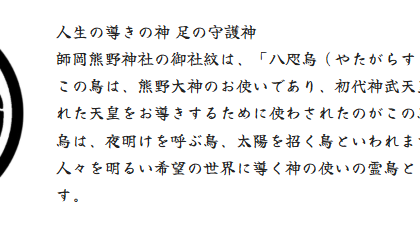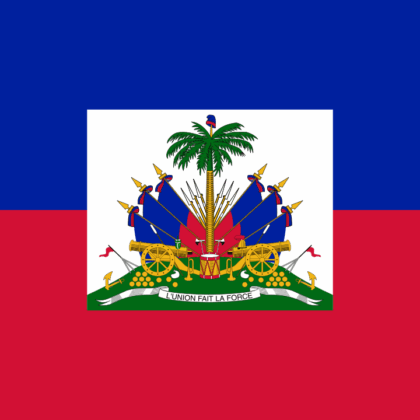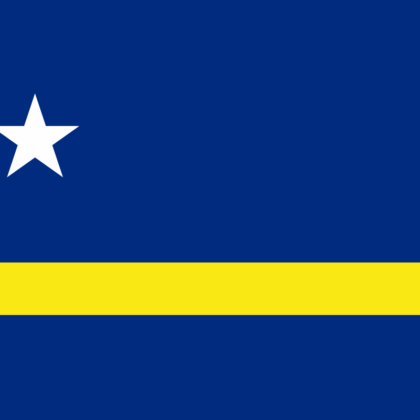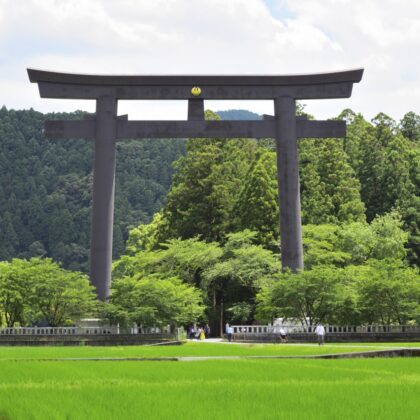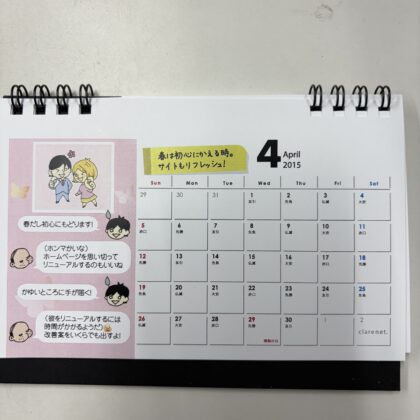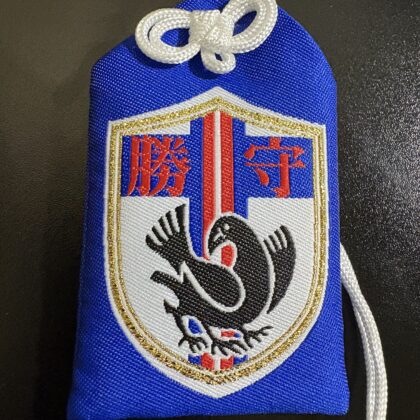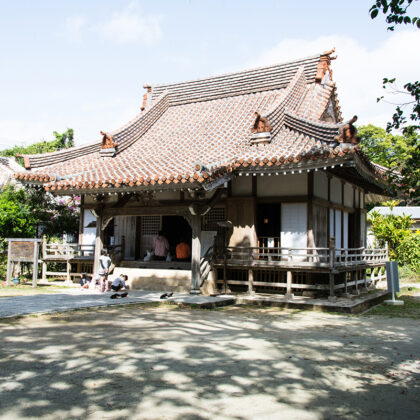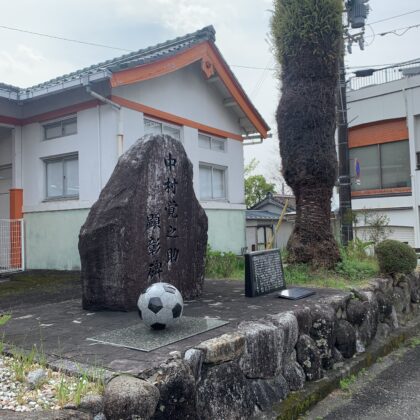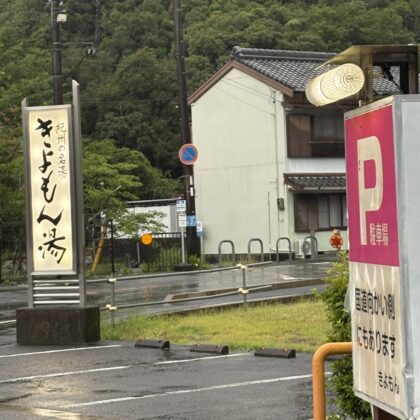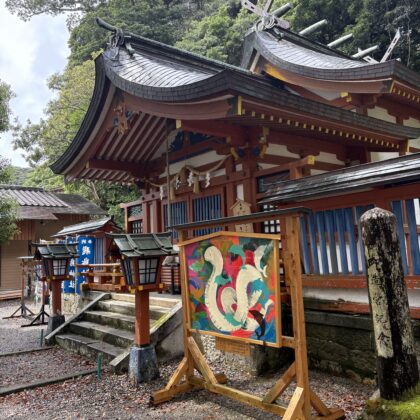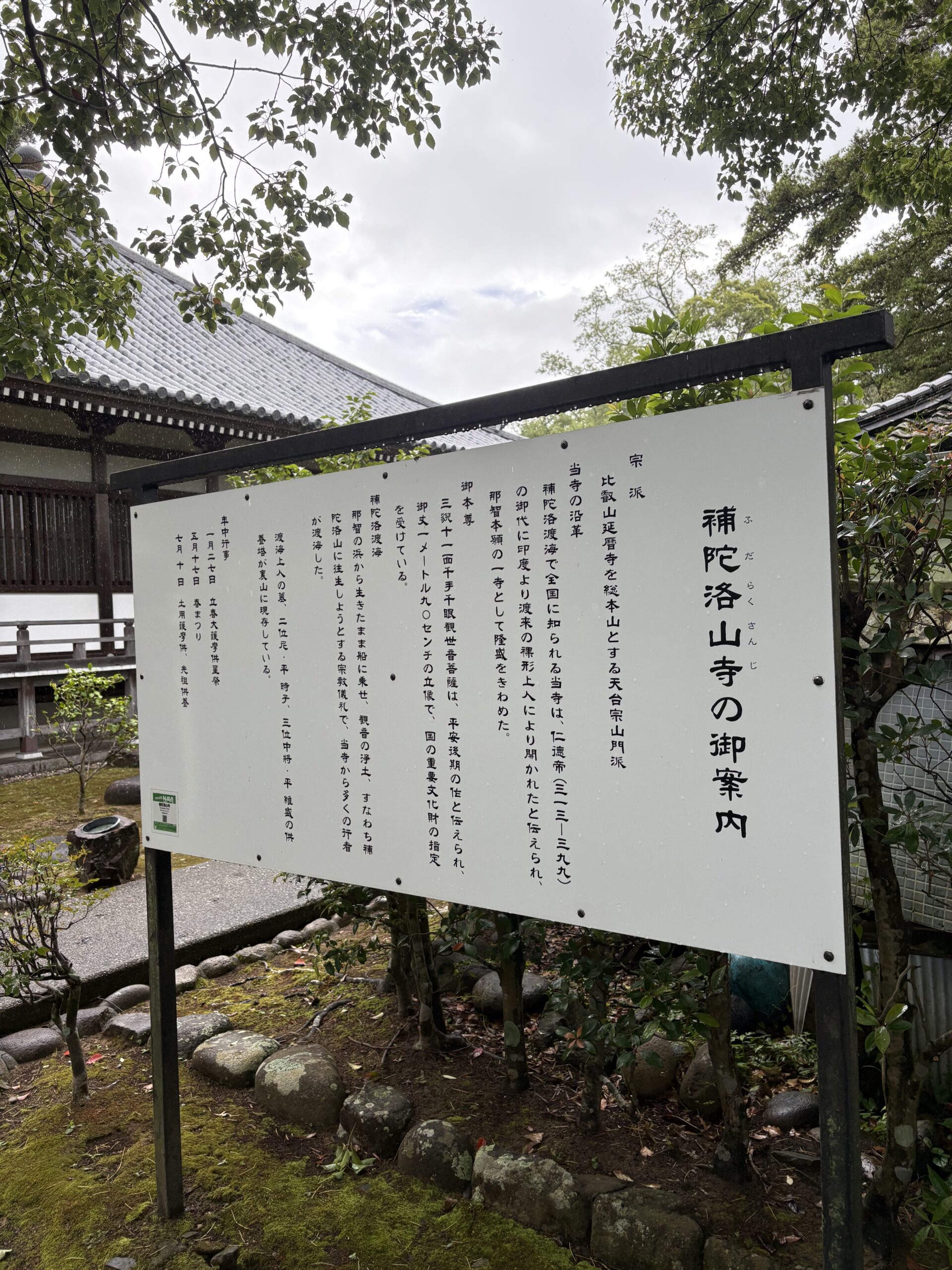
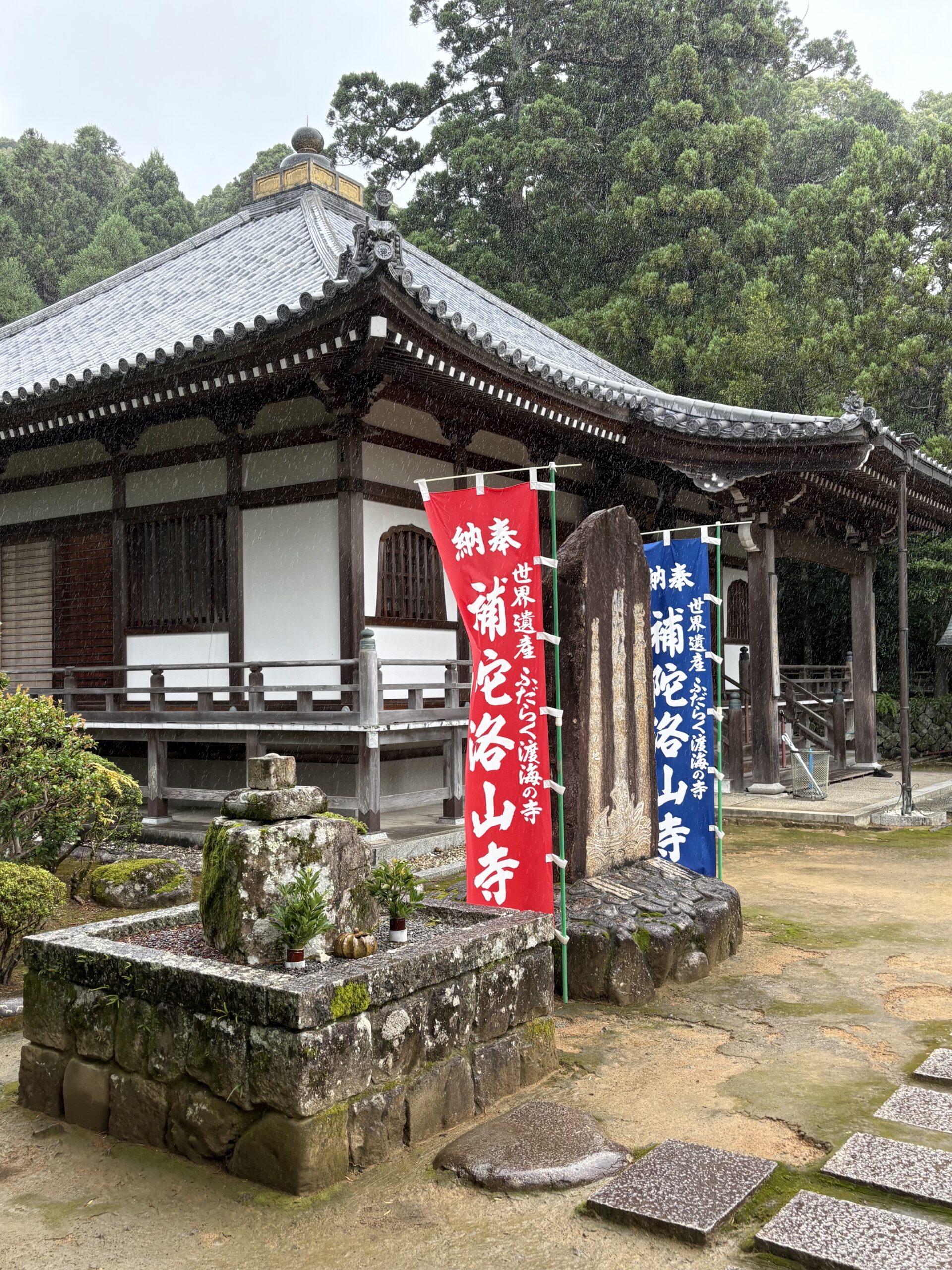
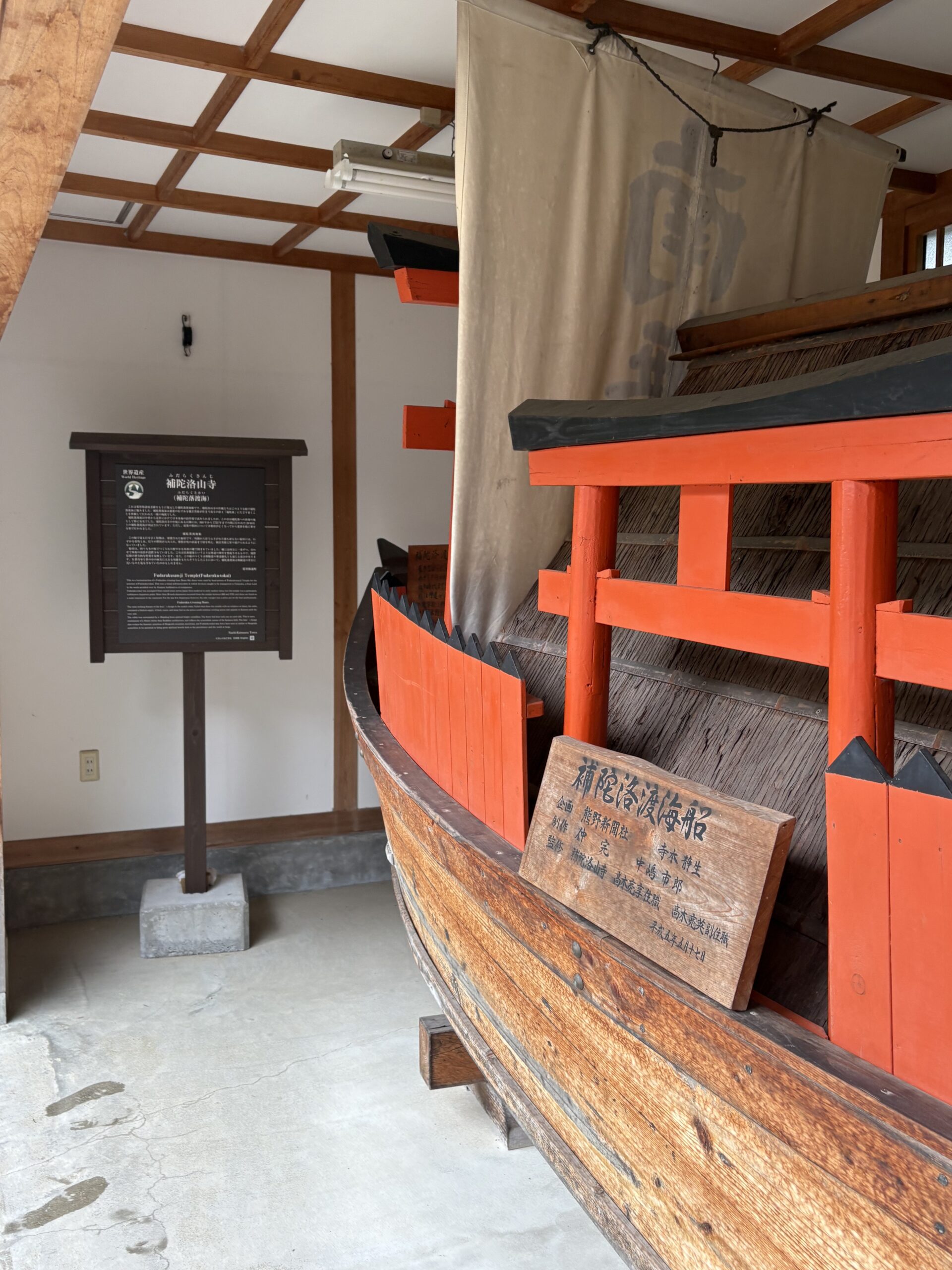
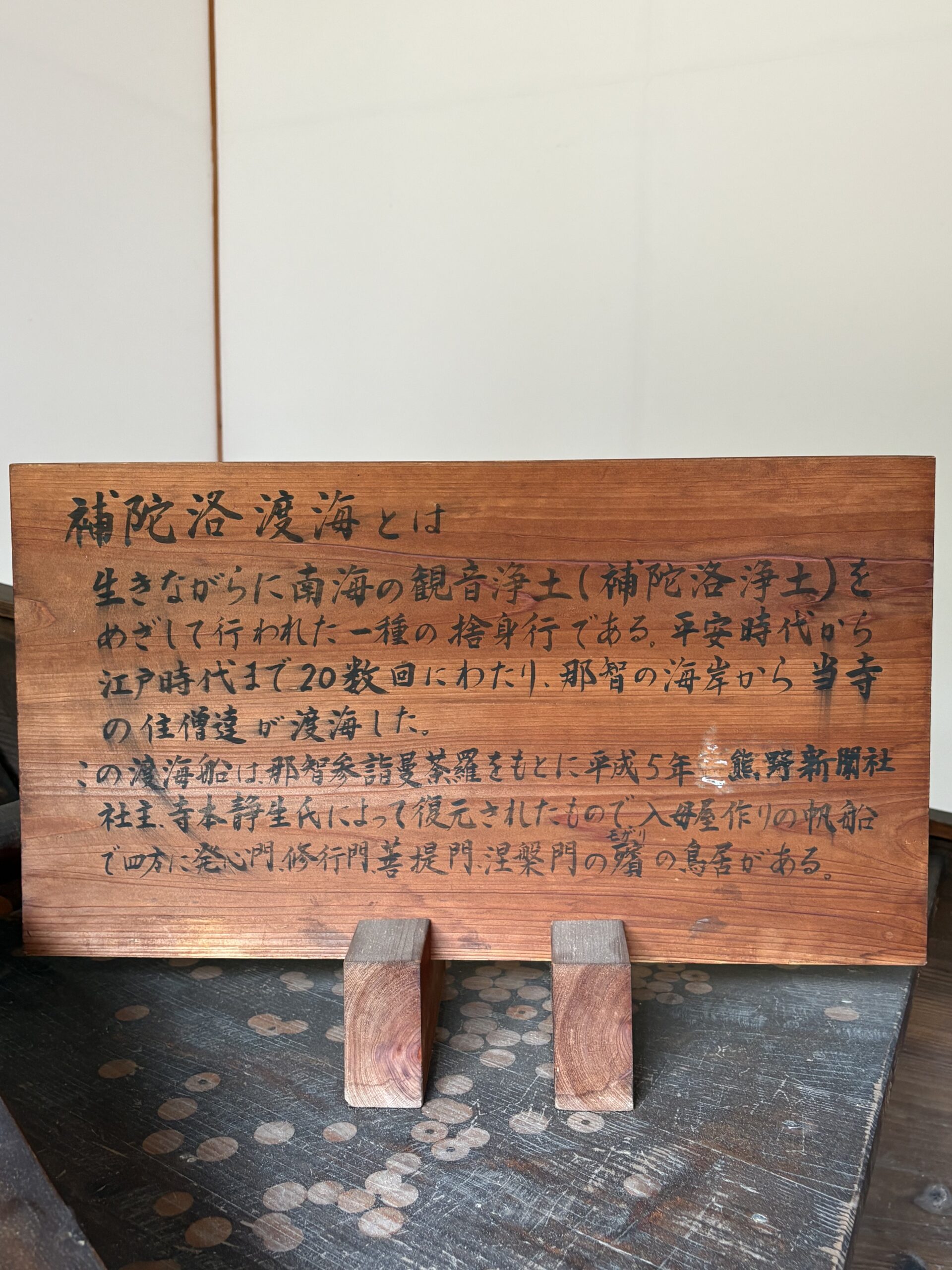
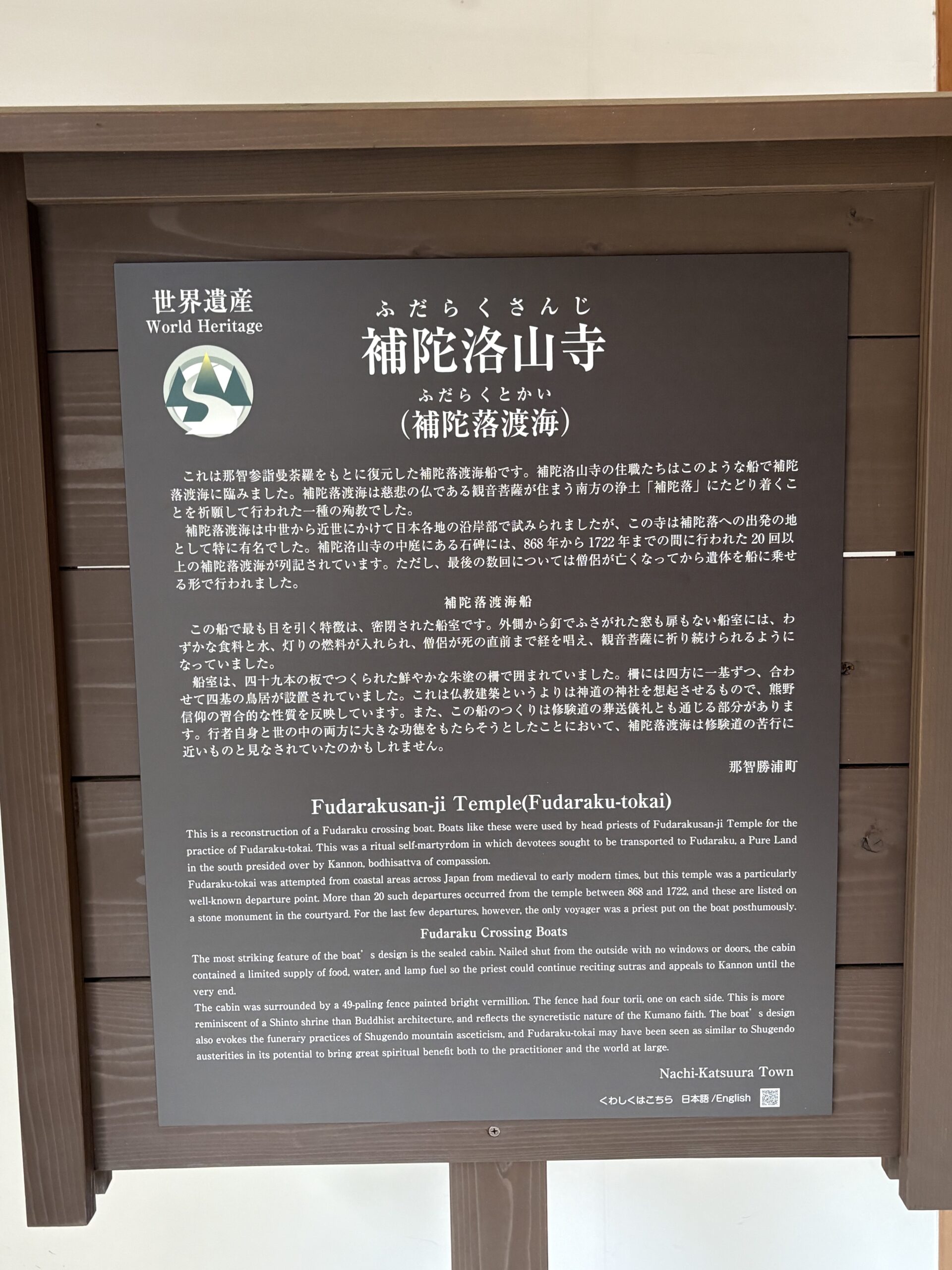
観音菩薩が住む南方の浄土=補陀落世界を目指し、現身を舟形の棺に納めて大海原に船出した人々がおられまして、『熊野年代記』によると19人の僧が補陀洛山に往生しようと試みた事が記録に残っており、これを「補陀洛渡海」と言います。この船が復活して補陀落山寺にありますが、この中に30日分の食料を積んでブルービーチ那智から旅立つというのはまた、修行とはいえ過酷な修行だと感じます。まあ、沖縄の金武町にある日秀上人のように勝浦からどんぶらこと流れて沖縄にたどり着いた方もいるのでなんとも言えないのですけど。
補陀洛山寺(補陀落渡海)
これは那智参詣曼荼羅をもとに復元した補陀落渡海船です。 補陀洛山寺の住職たちはこのような船で補陀 落渡海に臨みました。 補陀落渡海は慈悲の仏である観音菩薩が住まう南方の浄土 「補陀落」にたどり着くこ とを祈願して行われた一種の殉教でした。
補陀落渡海は中世から近世にかけて日本各地の沿岸部で試みられましたが、 この寺は補陀落への出発の地 として特に有名でした。 補陀洛山寺の中庭にある石碑には、868年から1722年までの間に行われた20回以 上の補陀落渡海が列記されています。 ただし、最後の数回については僧侶が亡くなってから遺体を船に乗せ る形で行われました。
補陀落渡海船
この船で最も目を引く特徴は、 密閉された船室です。 外側から釘でふさがれた窓も扉もない船室には、 わ ずかな食料と水、 灯りの燃料が入れられ、 僧侶が死の直前まで経を唱え、 観音菩薩に祈り続けられるように なっていました。
船室は、四十九本の板でつくられた鮮やかな朱塗の柵で囲まれていました。 柵には四方に一基ずつ、合わ せて四基の鳥居が設置されていました。 これは仏教建築というよりは神道の神社を想起させるもので、 熊野 信仰の習合的な性質を反映しています。 また、この船のつくりは修験道の葬送儀礼とも通じる部分がありま す。 行者自身と世の中の両方に大きな功徳をもたらそうとしたことにおいて、 補陀落渡海は修験道の苦行に 近いものと見なされていたのかもしれません。
English
Fudarakusan-ji Temple (Fudaraku-tokai)
This is a reconstruction of a Fudaraku crossing boat. Boats like these were used by head priests of Fudarakusan-ji Temple for the practice of Fudaraku-tokai. This was a ritual self-martyrdom in which devotees sought to be transported to Fudaraku, a Pure Land in the south presided over by Kannon, bodhisattva of compassion.
Fudaraku-tokai was attempted from coastal areas across Japan from medieval to early modern times, but this temple was a particularly well-known departure point. More than 20 such departures occurred from the temple between 868 and 1722, and these are listed on a stone monument in the courtyard. For the last few departures, however, the only voyager was a priest put on the boat posthumously. Fudaraku Crossing Boats
The most striking feature of the boat’ s design is the sealed cabin. Nailed shut from the outside with no windows or doors, the cabin contained a limited supply of food, water, and lamp fuel so the priest could continue reciting sutras and appeals to Kannon until the very end.
The cabin was surrounded by a 49-paling fence painted bright vermillion. The fence had four torii, one on each side. This is more reminiscent of a Shinto shrine than Buddhist architecture, and reflects the syncretistic nature of the Kumano faith. The boat’ s design also evokes the funerary practices of Shugendo mountain asceticism, and Fudaraku-tokai may have been seen as similar to Shugendo austerities in its potential to bring great spiritual benefit both to the practitioner and the world at large.
Nachi-Katsuura Town

